Reportar esta entrada
Más sobre la misma comunidad-colección
Adolfo Perales y Clementina Ortega Perales
The picture shows Adolfo Perales and Clementina Ortega Perales ...
Margie Macias Yannuzzi - El Paso, Tejas
Margie Macias Yannuzzi's picture was taken on her wedding day in ...
Cecilia Porras (Bustamante) - El Paso, Tejas - 1953
The bride in this beautiful wedding dress is Cecilia Porras ...
Beatriz Amparan Gutierrez y Carmelo Gutierrez
The photograph shows Beatriz Amparan Gutierrez and Carmelo ...
Arturo Pedregón y Benita Duarte Pedregón
The picture shows the couple Arturo Pedregón and Benita Duarte ...
Billy Smith de boxeo - El Paso, Texas
Billy Smith beats Harirty above the smelter in El Paso, Texas.
Jugadores de golf en El Paso Country Club en 1922
The image shows some golf players on the El Paso Country Club in ...

















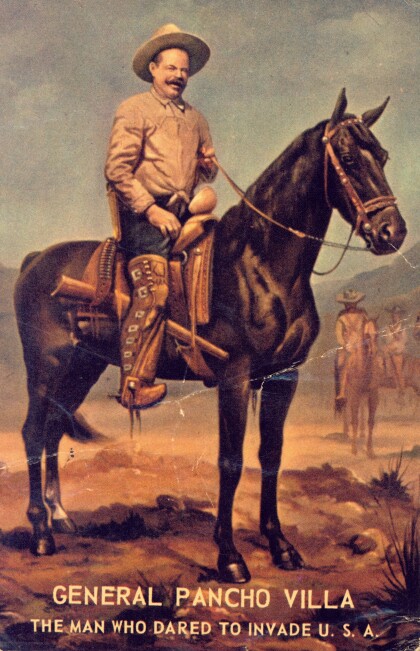
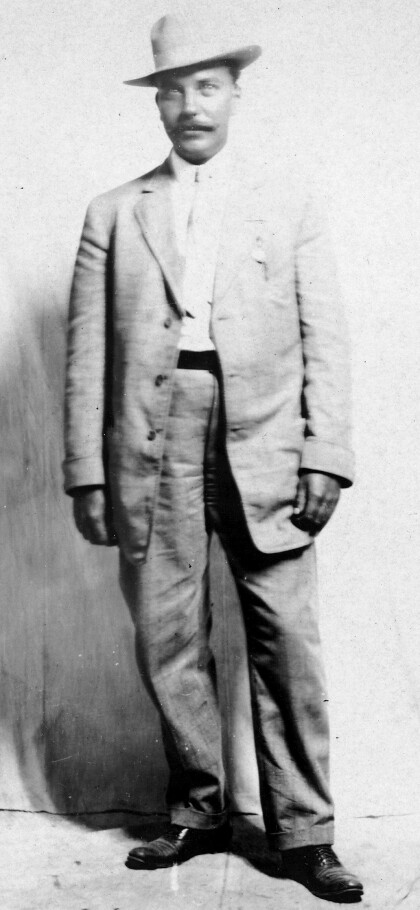
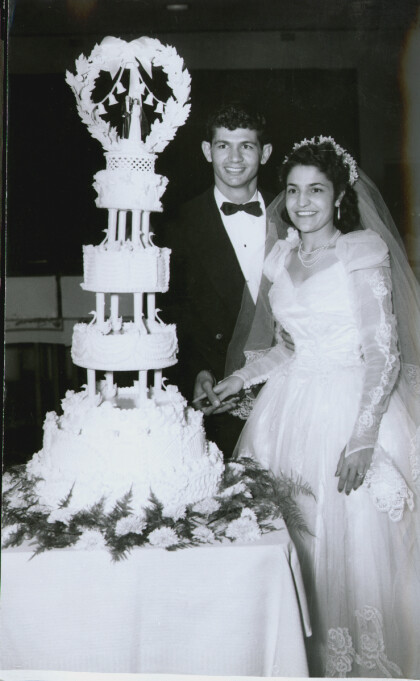
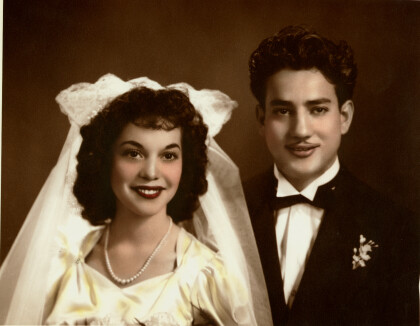



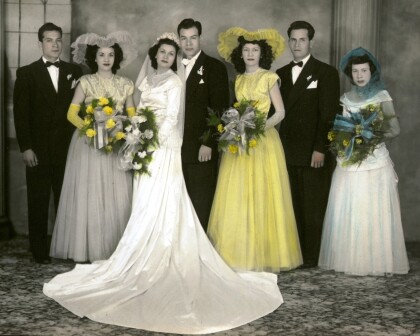
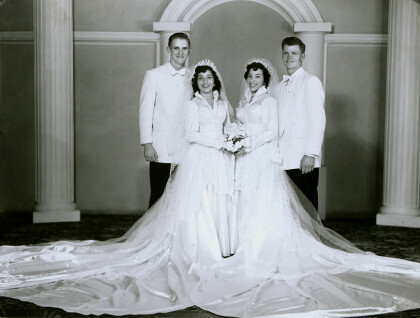

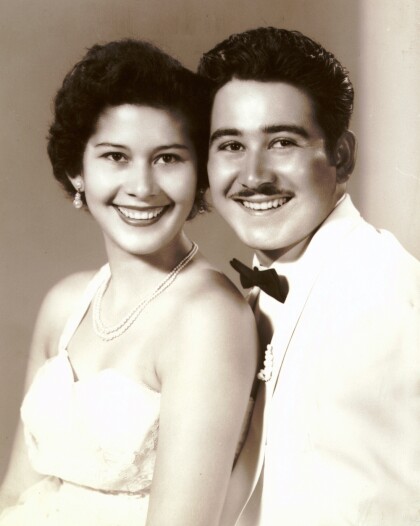
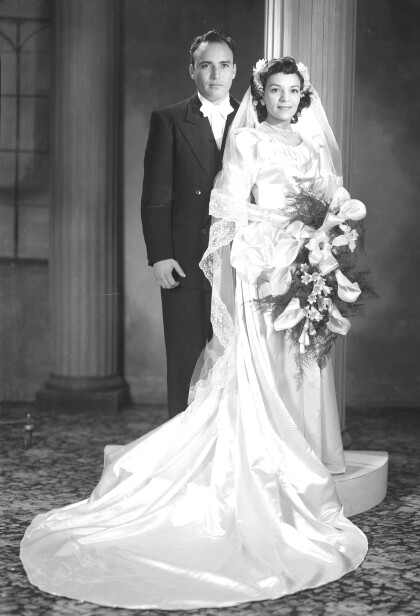

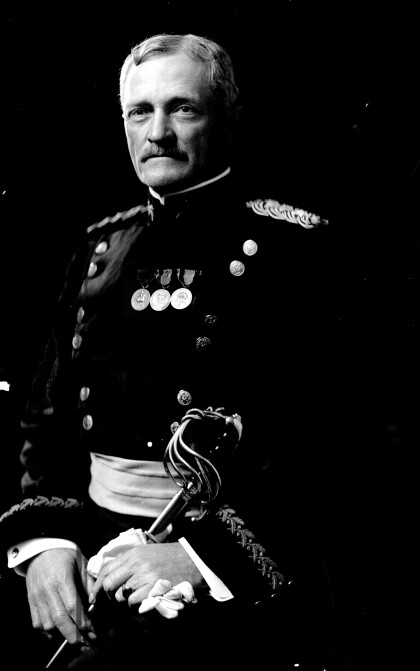
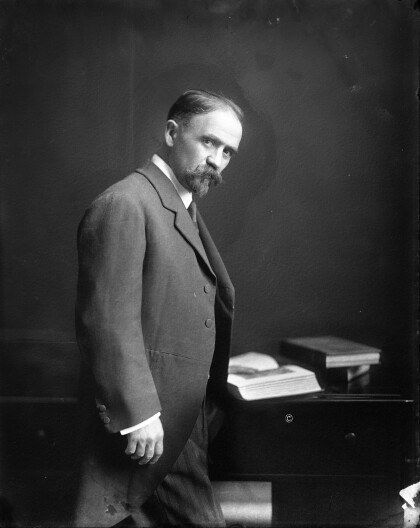
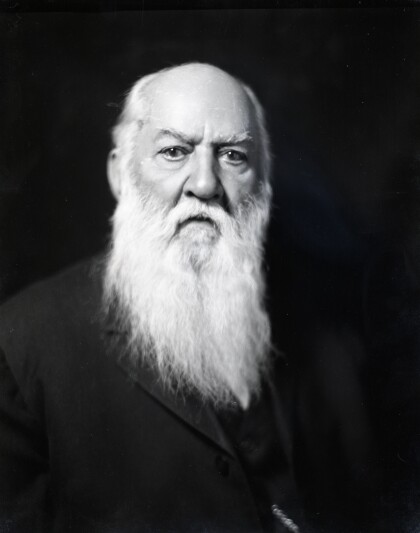
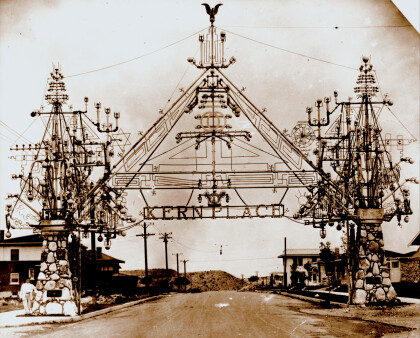
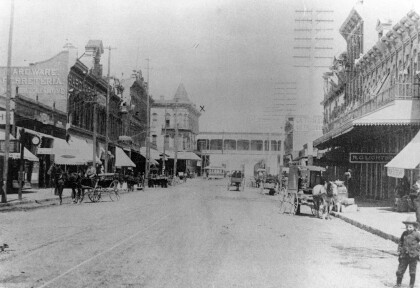
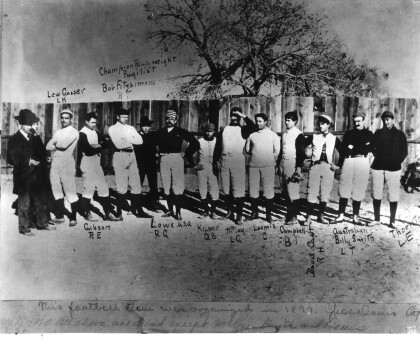
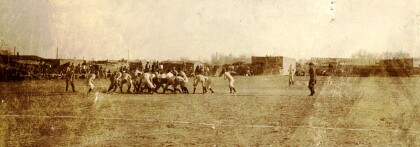
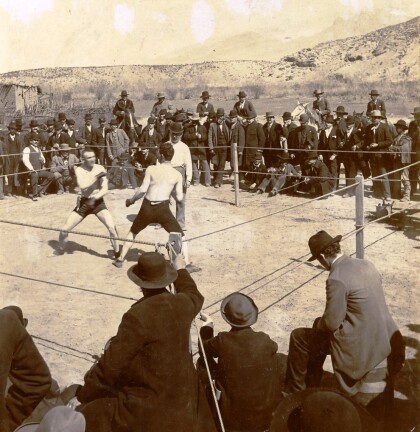
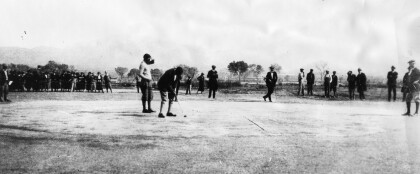
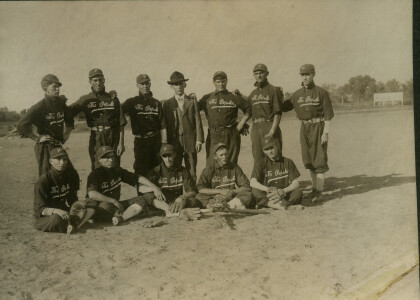
Comentarios
Hacer un comentario